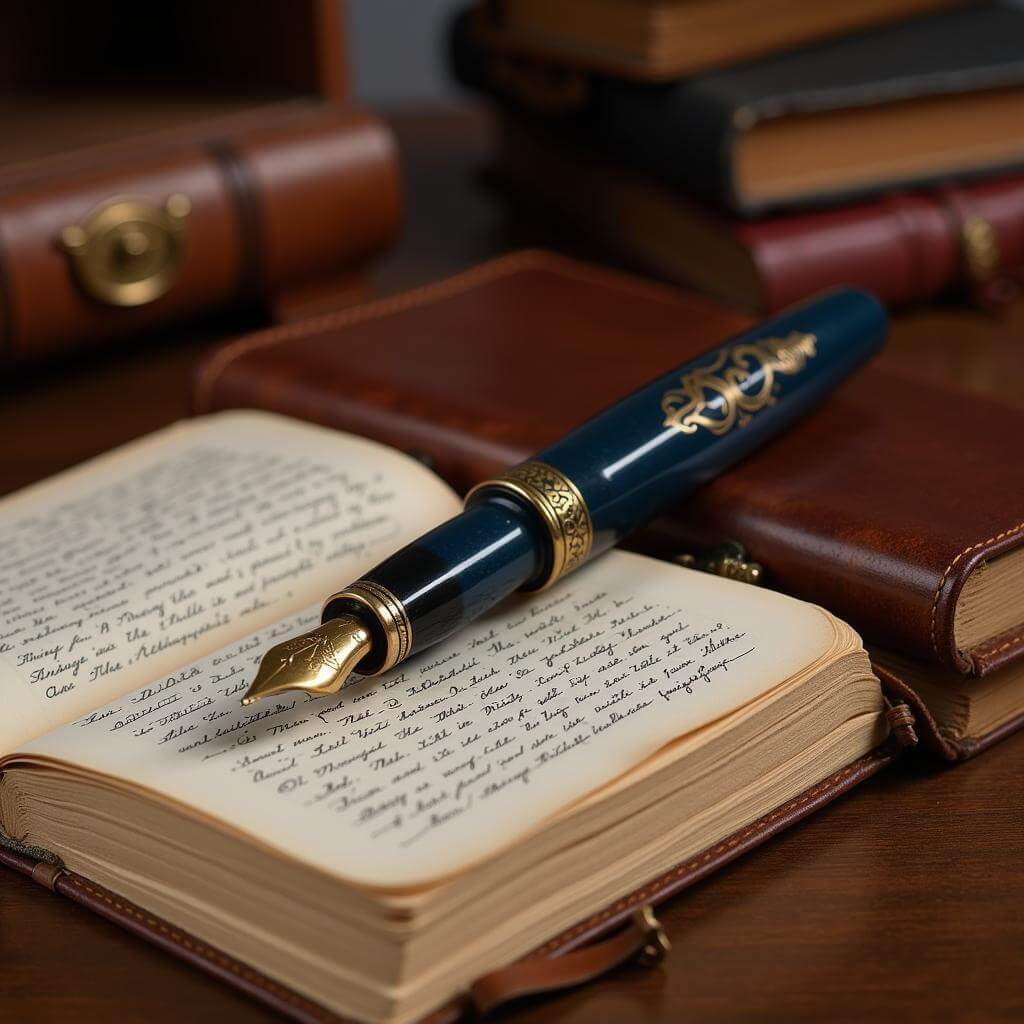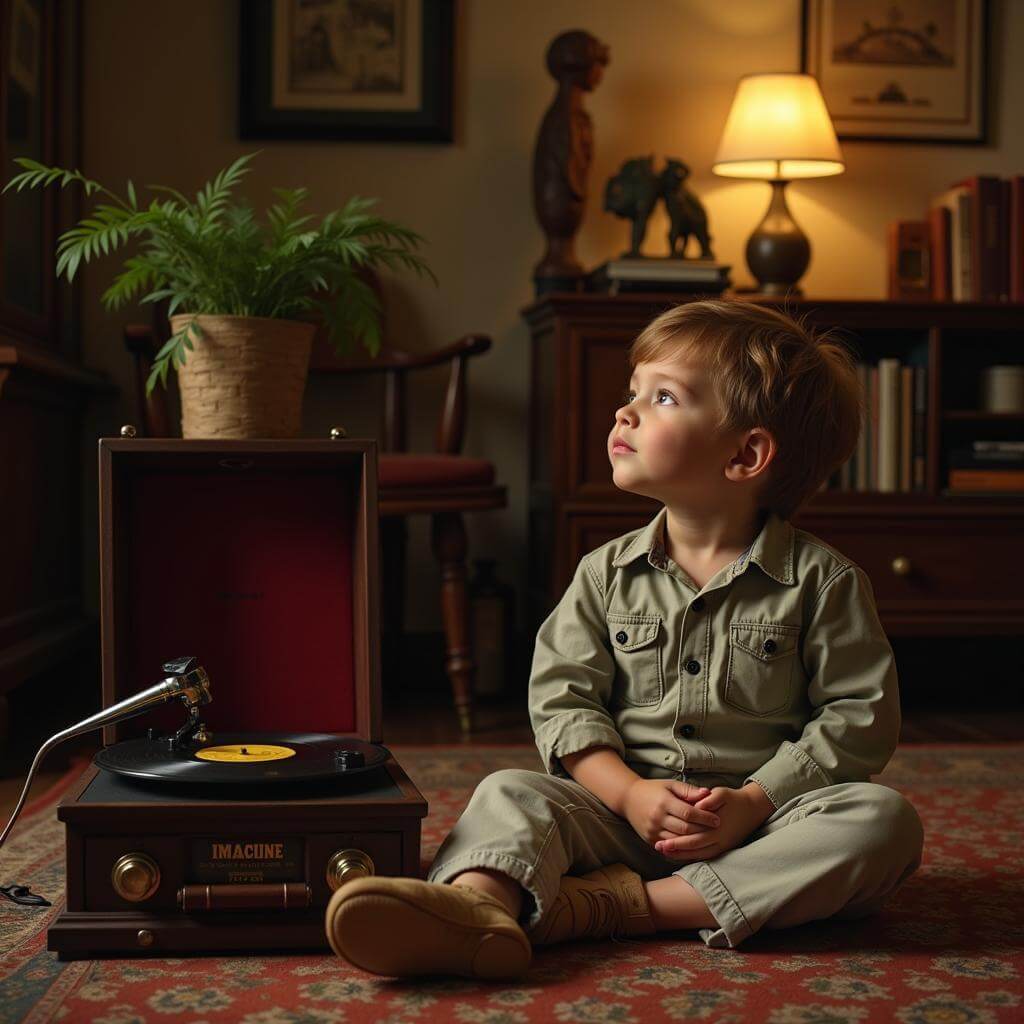In the IELTS Speaking test, candidates often encounter questions about personal possessions. One such topic that frequently appears is describing an object you have owned for a long time. This subject allows examiners to assess your ability to articulate memories, emotions, and personal experiences in English. Let’s explore how to excel in this topic across all parts of the IELTS Speaking test.
Part 1: Introduction and Interview
In this section, the examiner may ask general questions about your belongings. Here are some common questions and suggested responses:
-
Do you have any objects that you’ve owned for a long time?
Sample answer (Band 7-8): “Yes, I do. I’ve had my grandfather’s vintage watch for over a decade now. It’s not just a timepiece to me; it’s a cherished family heirloom that holds significant sentimental value.”
-
What types of objects do people usually keep for a long time?
Sample answer (Band 8-9): “People often hold onto objects with emotional significance, such as family heirlooms, childhood toys, or gifts from loved ones. Additionally, high-quality items like antique furniture or valuable collectibles are frequently kept for extended periods due to their durability and increasing worth over time.”
Describe a time when you received advice that changed your perspective is another topic that might come up in the IELTS Speaking test, which requires similar skills in articulating personal experiences.
Part 2: Long Turn
In this section, you’ll be given a cue card with a topic and prompts. Here’s an example related to describing an object you’ve owned for a long time:
Cue Card:
Describe an object you have owned for a long time
You should say:
- What the object is
- When you got it
- Why you have kept it for so long
- And explain how you feel about this object
Sample Answer (Band 6-7):
“I’d like to talk about my old guitar that I’ve had for over 15 years now. I got it as a birthday present from my parents when I was a teenager. They knew I was interested in music and wanted to encourage my hobby.
I’ve kept it for so long because it holds a lot of memories. It was my first real instrument, and I taught myself to play on it. Even though I’ve bought better guitars since then, this one is special to me.
I feel very attached to this guitar. Every time I look at it or play it, it reminds me of my journey as a musician and the support my parents have given me over the years. It’s not just an object; it’s a part of my personal history.”
Sample Answer (Band 8-9):
“I’d like to share with you the story of my cherished fountain pen, which has been my faithful writing companion for over two decades. This exquisite writing instrument was a graduation gift from my grandfather, a retired English professor, who presented it to me upon completing my undergraduate studies.
The reason I’ve treasured this pen for so long goes beyond its practical use. It serves as a tangible connection to my grandfather and his passion for the written word. Every time I use it, I’m reminded of his wisdom and the value he placed on education and self-expression.
My feelings towards this object are profound and multifaceted. On one hand, it’s a source of inspiration, often sparking my creativity when I’m writing. On the other, it’s a poignant reminder of my family heritage and the responsibility I feel to honor my grandfather’s legacy. The pen’s timeless design and the patina it has developed over years of use make it not just a personal treasure, but a work of art in its own right.”
 Vintage fountain pen on an antique writing desk
Vintage fountain pen on an antique writing desk
Follow-up questions:
-
Has your feeling towards this object changed over time?
Sample answer (Band 8-9): “Absolutely. While I’ve always valued this pen, my appreciation for it has deepened considerably over the years. Initially, I saw it primarily as a high-quality writing tool, but now it represents so much more. It’s become a symbol of my intellectual journey and a constant reminder of the power of the written word. As I’ve faced various challenges in life, the pen has taken on an almost talisman-like quality, providing a sense of continuity and purpose in my pursuits.”
-
Do you think people nowadays keep objects for a long time?
Sample answer (Band 7-8): “I believe there’s a growing trend of minimalism and decluttering, which might suggest that people are less inclined to keep objects long-term. However, I think many still hold onto items with significant emotional or sentimental value. The difference now is that people are more selective about what they choose to keep, often prioritizing quality over quantity and meaningful possessions over mere accumulation.”
Part 3: Two-way Discussion
In this section, the examiner will ask more abstract questions related to the topic. Here are some potential questions and sample responses:
- How does modern technology affect our attachment to physical objects?
Sample answer (Band 7-8): “Modern technology has significantly impacted our relationship with physical objects in various ways. On one hand, digital alternatives like e-books and streaming services have reduced our need for physical books and media. This shift has led many people to declutter their living spaces and rely more on digital storage.
However, I believe this digital trend has also heightened our appreciation for certain physical objects. In a world where so much is intangible, tangible items with personal significance or aesthetic value have become even more precious. For instance, vinyl records have seen a resurgence in popularity, partly due to the tactile experience they offer in contrast to digital music.”
Sample answer (Band 8-9): “The influence of modern technology on our attachment to physical objects is multifaceted and somewhat paradoxical. On one hand, digitalization has undeniably reduced our reliance on many physical items. We’re increasingly storing our memories in cloud services rather than photo albums, and our libraries are becoming more digital than physical.
However, this shift has also sparked a countermovement. As our lives become more virtual, many people are developing a renewed appreciation for tangible, well-crafted objects. This phenomenon is evident in the resurgence of artisanal products and the growing interest in minimalism, where people choose to own fewer but higher-quality items.
Moreover, technology has created new ways for us to form attachments to physical objects. For example, the rise of 3D printing allows people to create personalized items that hold special meaning. Similarly, technologies like NFC tags can imbue physical objects with digital information, creating a bridge between the tangible and intangible worlds.
In essence, while technology has certainly changed our relationship with physical objects, it hasn’t necessarily diminished their importance. Instead, it’s redefined what we value in physical possessions, often emphasizing quality, personalization, and emotional connection over mere functionality.”
Describe a fashion item you want to buy is another topic that explores our relationship with material possessions, albeit from a different angle.
- In what ways do personal possessions reflect a person’s character or values?
Sample answer (Band 7-8): “Personal possessions can be quite revealing about an individual’s character and values. The items people choose to keep, especially for long periods, often reflect their interests, priorities, and even their life experiences.
For example, someone who keeps a lot of books might value knowledge and learning. A person who holds onto family heirlooms likely places importance on tradition and family ties. Similarly, those who maintain collections of certain items, be it art, stamps, or vintage cars, demonstrate passion and dedication to their interests.
The condition in which people keep their possessions can also be telling. Those who take great care of their belongings might value responsibility and respect for material things. On the other hand, someone who keeps worn or well-used items might prioritize practicality over appearances.”
Sample answer (Band 8-9): “Personal possessions serve as tangible manifestations of an individual’s character, values, and life experiences. They act as a physical autobiography, telling the story of a person’s journey, interests, and priorities.
Firstly, the nature of the objects one chooses to keep long-term can be highly indicative of their values. For instance, someone who treasures handmade gifts or items with sentimental value likely places high importance on personal relationships and emotional connections. Conversely, a person who primarily keeps valuable or luxury items might prioritize status or financial success.
The diversity of one’s possessions can also reflect intellectual curiosity and openness to experiences. A home filled with artifacts from various cultures might suggest a well-traveled individual with a global mindset. Similarly, a varied book collection could indicate a person with wide-ranging interests and a thirst for knowledge.
Moreover, the way people maintain their possessions speaks volumes about their character. Those who meticulously care for their belongings, regardless of monetary value, often exhibit traits of responsibility, respect, and attention to detail. In contrast, individuals who keep functional but well-worn items might value practicality and sustainability over materialistic concerns.
It’s also worth noting that the absence of certain possessions can be equally revealing. A minimalist lifestyle, for example, might reflect a person’s values of simplicity, freedom from material attachments, or environmental consciousness.
In essence, our possessions are not just items we own, but extensions of our identity. They reflect our past, inform our present, and often shape our future aspirations. As such, they provide a nuanced and multi-dimensional insight into an individual’s character and value system.”
 Diverse personal possessions displayed on shelves
Diverse personal possessions displayed on shelves
Key Vocabulary and Phrases for High Scores
-
Sentimental value /ˌsentɪˈmentl ˈvæljuː/ (noun phrase): The worth of something due to personal or emotional associations rather than material worth.
Example: This old watch holds great sentimental value as it was my grandfather’s. -
Cherished /ˈtʃerɪʃt/ (adjective): Loved and protected with care.
Example: My cherished collection of vinyl records reminds me of my youth. -
Heirloom /ˈeəluːm/ (noun): A valuable object that has belonged to a family for several generations.
Example: The antique vase is a family heirloom passed down for five generations. -
Tangible /ˈtændʒəbl/ (adjective): Perceptible by touch; clear and definite; real.
Example: In a digital age, there’s something special about owning tangible books. -
Nostalgia /nɒˈstældʒə/ (noun): A sentimental longing for the past.
Example: Looking at my old toys fills me with a sense of nostalgia. -
To treasure /ˈtreʒə/ (verb): To keep or regard as precious; to value highly.
Example: I treasure the handmade scarf my grandmother knitted for me.
Describe a museum you visited as a child is another topic where you can apply these vocabulary items to discuss long-lasting memories and impressions.
Examiner’s Advice
To achieve a high score in the IELTS Speaking test, particularly when describing objects you’ve owned for a long time:
-
Use rich vocabulary: Incorporate descriptive adjectives and idiomatic expressions to bring your object to life.
-
Show emotional depth: Don’t just describe the physical attributes of the object; express your feelings and the object’s significance in your life.
-
Provide context: Explain how you acquired the object and why you’ve kept it, weaving in personal anecdotes.
-
Practice fluency: Aim for smooth delivery without long pauses. Regular practice with various topics will help you achieve this.
-
Demonstrate range: Use a mix of simple and complex sentence structures to showcase your language proficiency.
-
Stay relevant: Always tie your responses back to the question, ensuring you’re addressing all parts of the cue card or question.
-
Be authentic: While it’s good to prepare, your responses should sound natural and personal, not memorized.
By following these tips and using the sample answers as inspiration, you can effectively articulate your thoughts about long-owned objects and improve your chances of achieving a high score in the IELTS Speaking test.
Describe a museum you visited recently is another topic where you can practice these skills, focusing on describing experiences and personal impressions.


